Discover Portugal's UNESCO World Heritage Sites
Dive into Portugal’s rich history
Portugal is one of Europe’s oldest countries, an ancient kingdom defended by hilltop castles and medieval towns with fortressed walls, with a long and winding history filled with Celts, Romans, Visigoths, Moors and Christian monarchies. From its prehistoric roots to its days in the sun as a colonial power, Portugal’s rich history is to thank for the varied culture and beautiful sites you see there today.
Portugal is home to 17 UNESCO World Heritage Sites (not bad for a relatively small country). These sites not only showcase Portugal’s historic achievements but also invite travellers to experience the vibrant spirit and timeless beauty that define this remarkable country.
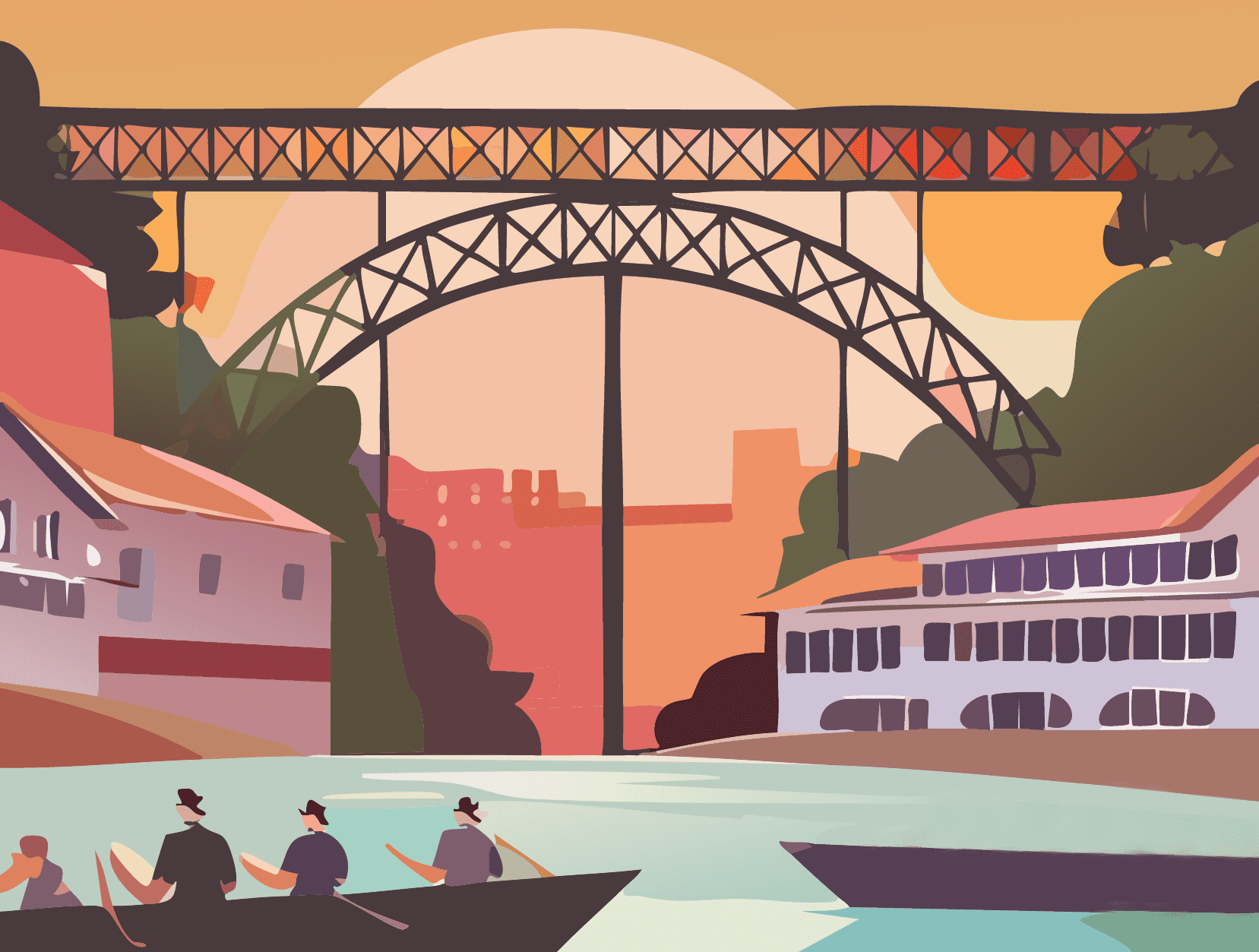
Here are our some UNESCO must-sees:
Luis I Bridge
📍LOCATION: PORTO
The Dom Luís I Bridge in Porto is an iconic, double-deck iron bridge spanning the Douro River, connecting the city of Porto with Vila Nova de Gaia. Designed by a student of Gustave Eiffel (the man who designed the Eiffel Tower), this architectural marvel combines strength and elegance, with sweeping arches that offer stunning views of Porto’s historic skyline and riverside. As both a symbol of Porto’s rich history and a vital part of daily life, the bridge is a must-see for travellers, offering a unique perspective on one of Portugal’s most vibrant cities.
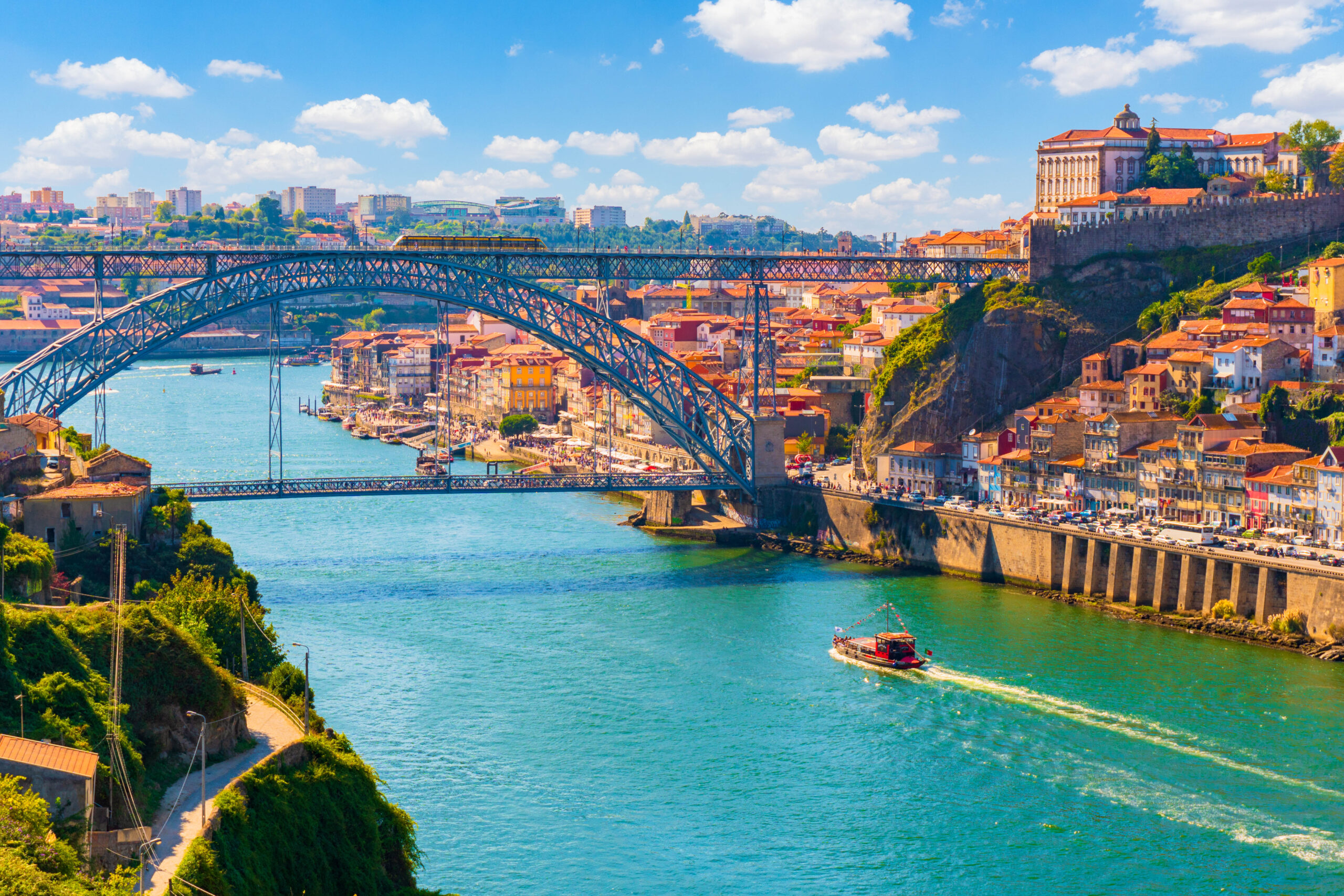
Batalha Monastery
📍LOCATION: BATALHA
Once the seat of the Portuguese monarchy, the Monastery of the Dominicans of Batalha was originally built in 1345 to commemorate Portugal’s victory over the Castilians. Today, it serves as a particularly striking example of Gothic and early Renaissance architecture known for its intricate stone carvings, towering spires, and the magnificent Founder’s Chapel, which houses the tombs of Portuguese royalty.
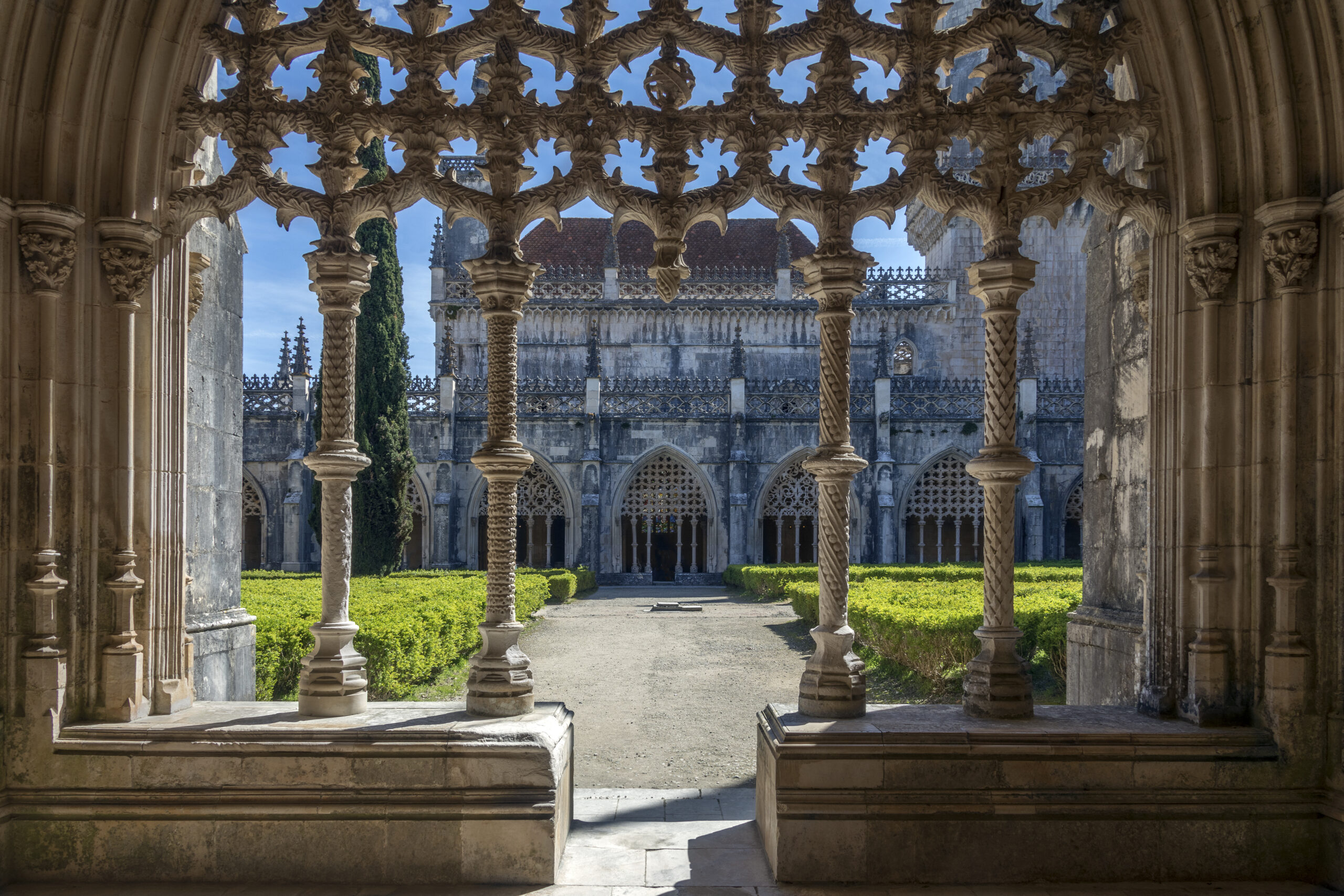
The Cultural Landscape of Sintra
📍LOCATION: LISBON DISTRICT
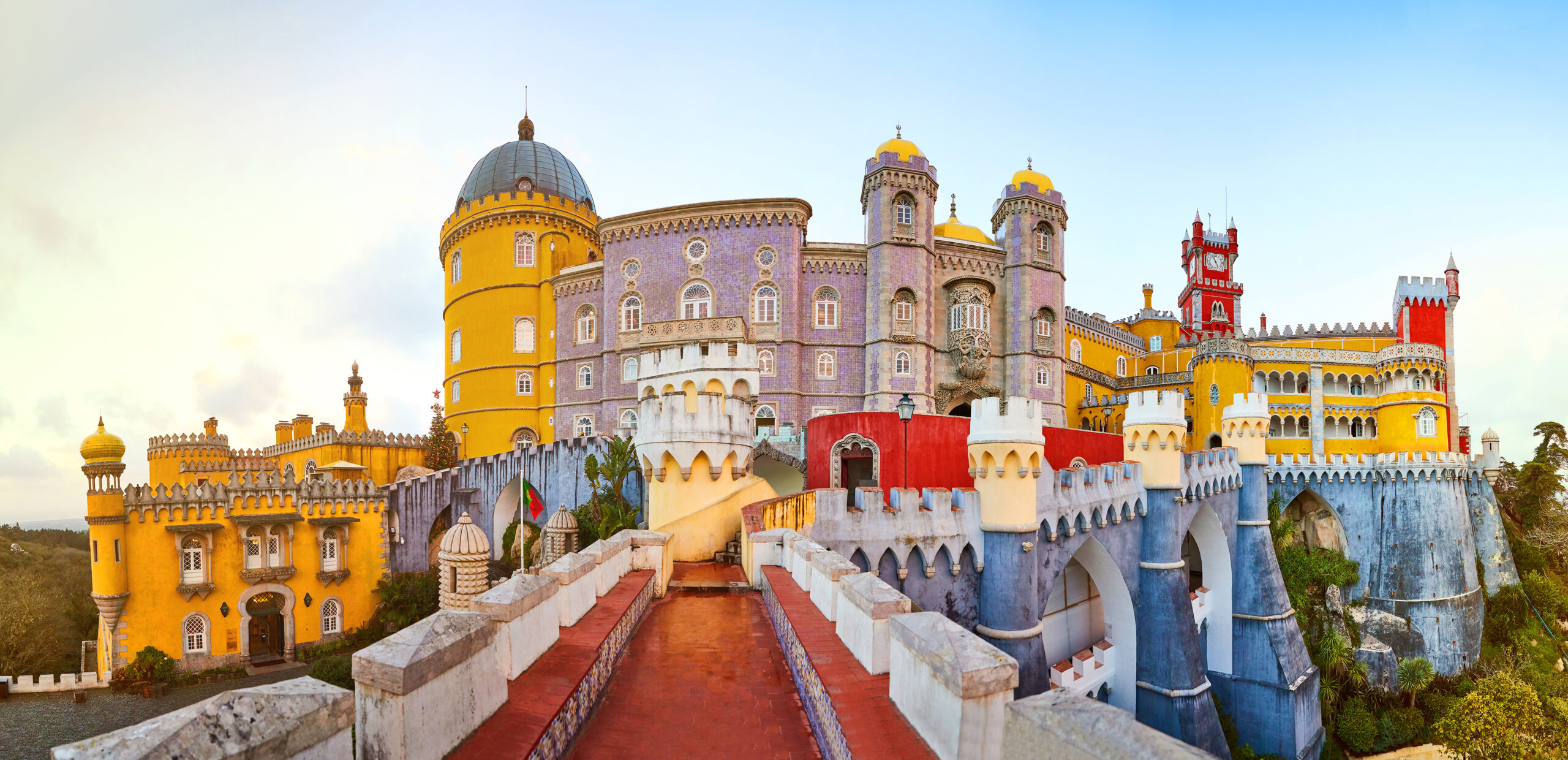
Convent of Christ
📍LOCATION: TOMAR
The construction of the Convent of Christ began in the 12th century under the order of Gualdim Pais, the Grand Master of the Knights Templar in Portugal (a medieval Christian military order). After the Templars were disbanded, it became the headquarters of the Order of Christ, which played a crucial role in Portugal’s Age of Exploration by supporting overseas voyages. Over centuries, the convent evolved, incorporating Gothic, Manueline, and Renaissance styles, each reflecting the power and wealth of the Order.
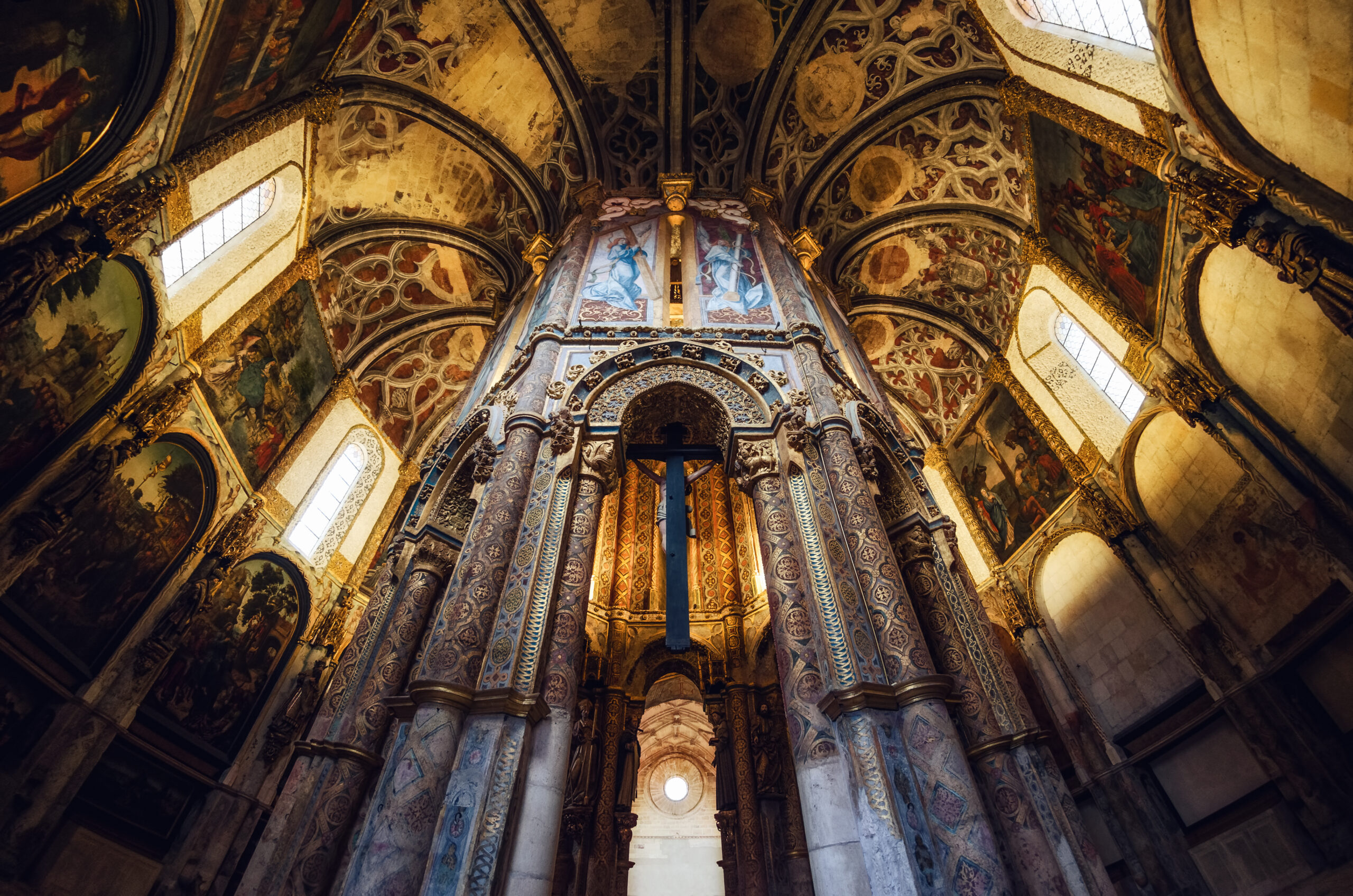
Jerónimos Monastery
📍LOCATION: LISBON
Jerónimos Monastery is a symbol of Portugal’s Age of Discovery and one of the finest examples of Manueline architecture, a style unique to Portugal that incorporates maritime motifs and elaborate stonework. Founded in 1501 by King Manuel I to commemorate Vasco da Gama’s successful voyage to India, the monastery was funded by wealth from the spice trade, underscoring Portugal’s influence in global exploration. It serves as the final resting places of Portuguese royalty and explorers, including Vasco da Gama himself.
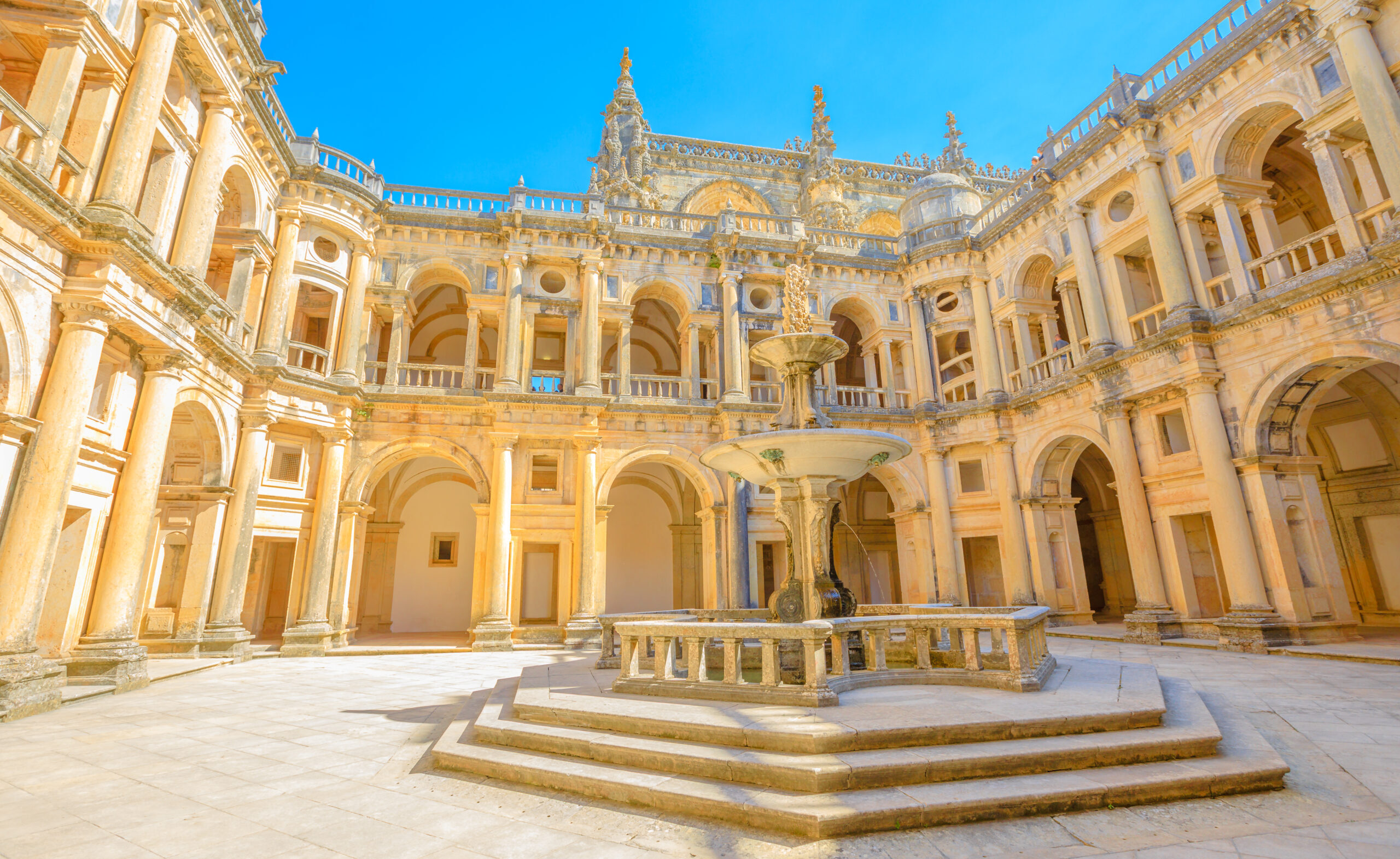
Alto Douro Wine Region
📍LOCATION: THE DOURO VALLEY
The Alto Douro Wine Region, one of the world’s oldest demarcated wine regions, is celebrated for its breathtaking terraced vineyards along the Douro River in northern Portugal. Renowned for producing Port wine for over 2,000 years, this UNESCO World Heritage Site showcases the harmonious balance between natural landscape and human craftsmanship. The region’s unique microclimate and traditional winemaking methods create wines with rich flavors, admired globally.
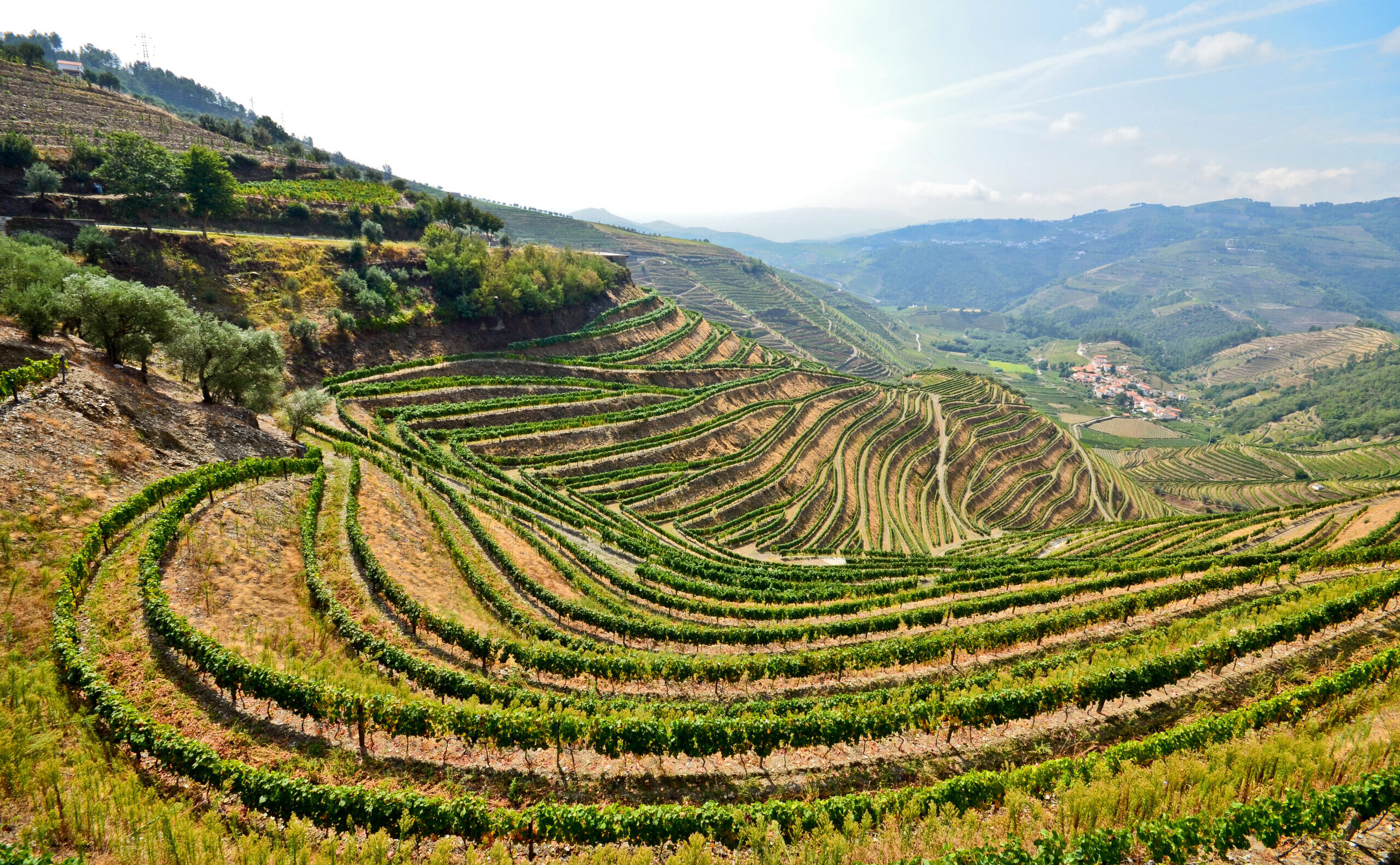
University of Coimbra
📍LOCATION: COIMBRA
The University of Coimbra, one of Europe’s oldest and most prestigious universities, stands as a symbol of Portugal’s rich academic and cultural history. Founded in 1290, this UNESCO World Heritage Site features stunning architecture, including the Baroque Joanina Library and the Royal Palace. Its campus reflects centuries of educational tradition, with influences from Gothic, Renaissance, and Baroque styles.
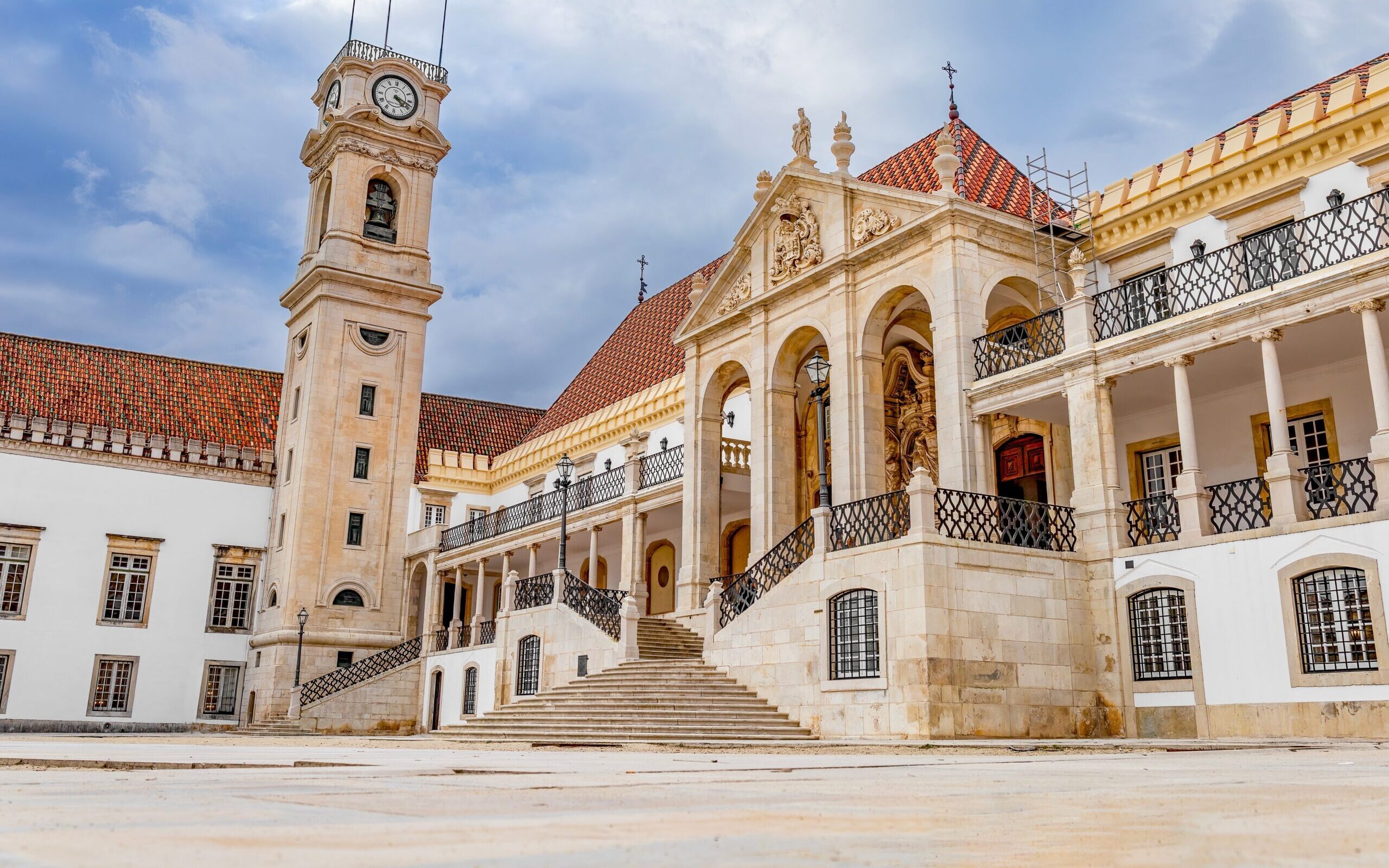
Fado Music
📍LOCATION: LISBON & COIMBRA
In 2011, UNESCO granted Fado music the World Heritage status as “a song symbol of Lisbon and the country”. Fado music originated in Lisbon, in the early 19th century as a form of expression among sailors. Fado is known for its expressive nature and profoundly melancholic lyrics about the hard realities of daily life. This mix of lament and hopefulness about the world is referred to as “saudade”. Over time, Fado evolved and gained popularity, spreading to other cities like Coimbra. The Lisbon style of Fado is often about lost love and everyday life’s pitfalls and triumphs, while the Coimbra-style is generally about finding hope in our daily hardships. You can learn more about Fado and hear the magic of this music style for yourself by downloading our Portugal Dream Magazine.

Why read about them?
See them on tour!
Enchanting Portugal
Flanked by Spain and the Atlantic Ocean, Portugal seems to enchant anyone who has made a trip along its 1,800 km of pristine coastline. With picturesque vineyards, jagged cliffs and hilly cities, history can be found on every cobblestoned street, and the Portugal experience is different for each traveller. Warm people and delicious food are central to every visit. If salted cod and fresh sardines are everyday staples, the Pastéis de Belém pastry is now an institution in its own right.
Departures: September & October 2025April, May, September & October 2026
